Estimated reading time: 8 minutes
It’s a common scene in many households: children are sprawled on the living room floor, deeply engrossed in their coloring books with crayons of every hue scattered around.
In walks your adventurous pup, curiosity piqued by the colorful objects strewn about. Before you know it, a few crayons have disappeared, seemingly into thin air. Then, the realization dawns on you – your dog ate the crayons.
Does this scenario sound familiar? If so, you’re probably asking yourself, “Why does my dog eat crayons?” This habit is fairly common, especially for puppies who are teething.
This article aims to help you figure out why your dog engages in this behavior and provide guidelines on what to do if your dog ate a crayon.
Key Points
Reasons Your Dog Might Eat a Crayon
You might be wondering, “What could possibly compel my dog to eat crayons?” Dogs tend to explore the world largely through their mouths. So, anything within their reach could become an impromptu snack, even though crayons aren’t typical dog treats.
Teething Puppies
If your little pup is in the teething phase, they will likely chew on anything they can get their paws on to help soothe their aching gums. Crayons, with their easy-to-grip shape and intriguing texture, can be an irresistible chew toy for puppies who are teething.
Curiosity and Play
Dogs, especially puppies, are naturally curious creatures. A brightly colored crayon might seem like a fun new toy to explore. Unfortunately, during this exploratory play, your dog may end up swallowing pieces of the crayon.
Ingesting Inedible Items (Pica)
Some dogs have a tendency to eat non-food items, a condition known as pica. It can be triggered by various factors including nutritional deficiencies, boredom, lack of proper training, or certain medical conditions. This behavior could make your dog prone to eating inedible items, like crayons.
Attracting Attention
Sometimes, dogs might consume strange things as a way to get your attention. They quickly learn that unusual behavior tends to result in instant attention from their favorite humans.
Are Crayons Safe for Dogs?
When you see your dog chomping on a crayon, your first concern is probably whether crayons are dangerous for dogs. The good news is that most crayons on the market, such as Crayola crayons, are non-toxic and made of safe ingredients. They are typically composed of paraffin wax and color pigments. These ingredients are not known to be toxic to dogs, and crayons are formulated to be safe for kids to eat since children might also end up munching on a crayon or two.
However, while crayons aren’t necessarily toxic to dogs, they’re certainly not a suitable snack. Even though they are non-toxic, large amounts of crayons can still make your dog sick and pose several risks to your pet:
Choking Hazard
Crayons can potentially lodge in your dog’s throat, causing him to choke, especially if they try to swallow a large chunk of crayon without properly chewing it.
Digestive Blockage
The paraffin wax in crayons is pretty close to indigestible for your dog’s digestive system. If your dog swallows a large amount of crayons, they may form a blockage in the intestinal tract, which could require veterinary intervention.
Gastrointestinal Upset
While small amounts of crayon may pass through your dog’s system without issue, larger quantities can irritate the digestive system, leading to symptoms like vomiting or diarrhea.
In conclusion, while crayons aren’t toxic to dogs, they’re far from safe. If you suspect your dog has eaten several crayons, it’s best to keep a close eye on them for any signs of distress and consult your vet as needed. In the following section, we’ll look at what steps you should take if your dog has eaten crayons.
What to Do if Your Dog Ate Crayons
When you catch your dog in the act of munching on some colorful art supplies, it’s important not to panic. Here are some steps you should take if your dog ate crayons:
Assess the Situation
How many crayons did your dog eat? Was it a single crayon, or did they get into a whole pack? The number of crayons consumed will influence your next steps. Take note of any noticeable symptoms such as vomiting, diarrhea, or signs of discomfort.
Remove Any Remaining Crayons
Ensure you remove any other crayons from your dog’s reach. This is especially important for puppies who are teething or curious dogs that are attracted to the bright colors and unusual texture of crayons.
Monitor Your Dog
Keep a close eye on your dog over the next few hours. Look for signs of choking, changes in behavior, or trouble with his bowel movements. While some dogs may not swallow the crayons, a dog who has eaten a large amount could potentially have a blockage.
Consult Your Vet
If your dog has eaten several crayons or is showing signs of distress, it’s time to call the vet. They might advise you to bring your dog in for a check-up. The vet will likely perform a physical examination to figure out where the blockage might be and assess whether they need to remove the obstruction.

How to Prevent Your Dog from Eating Crayons
Prevention is always the best cure. The goal is to keep your dog safe and avoid unnecessary risks. Here are some tips on how to prevent your dog from eating inappropriate things:
Safe Storage
Always store art supplies like crayons in a place that your dog cannot access. Keep the crayons in a high cabinet or a drawer with a safety latch. Remember, some dogs can be quite resourceful when they are determined.
Clean Up After Activities
If your kids enjoy drawing, ensure they clean up after they’re done, and put crayons away in a safe place. An unattended crayon can quickly become a chew toy for a curious pup.
Provide Appropriate Chew Toys
Dogs often chew to soothe their gums, especially puppies who are teething. Provide them with safe, durable chew toys to satisfy their urge to gnaw. Regularly rotate these toys to keep your dog interested.
Training
Teach your dog what they can and can’t chew. Reward them for choosing their chew toys over off-limits items. If you catch them trying to eat inappropriate things, redirect them to their toys.
Regular Exercise
A bored dog may resort to destructive behavior like chewing. Regular exercise and mental stimulation can help curb this behavior. Try to include activities that engage your dog’s senses, like fetch or agility training.
Monitor Your Dog
Dogs love exploring and often use their mouths to do so. If you can’t supervise your dog, consider confining them to a safe space or crate where they can’t get into trouble.
Regular Check-ups
Regular vet check-ups can help catch any health issues that might cause your dog to eat inedible items. Some dogs eat non-food items due to nutritional deficiencies or underlying health problems, a condition known as pica.
Conclusion: Dogs, Crayons, and Safety
Navigating the curious world of dog behavior can be a challenge, particularly when our pets develop a taste for unusual items like crayons. As pet owners, it’s crucial to understand the potential risks and necessary actions when situations like these arise.
Although crayons aren’t inherently toxic to dogs, they can still cause issues if consumed in large amounts. From possible choking to digestive blockages, the risks are too significant to ignore.
More importantly, prevention is key. Store art supplies safely out of your dog’s reach, clean up after use, and provide appropriate chew toys to keep your pup engaged and away from potential hazards like crayons.
Regular check-ups with your vet can also ensure your dog’s overall health and well-being, and catch any tendencies towards eating inedible items early.
Keep your eye on your dog, keep those crayons secure, and here’s to many more colorful days of safe, happy pet ownership!
Join the Conversation and Spread the Knowledge
We hope you found this article both enlightening and helpful. Do you have any stories or insights about your dogs and their odd eating habits? We’d love to hear them! Please share your thoughts and experiences in the comments section below.
If you think this article could help other pet owners understand the peculiar ‘dog versus crayon’ dilemma, we’d appreciate it if you shared it on your social media channels. Let’s create a community where we can all learn, share, and grow together as responsible, caring dog parents.


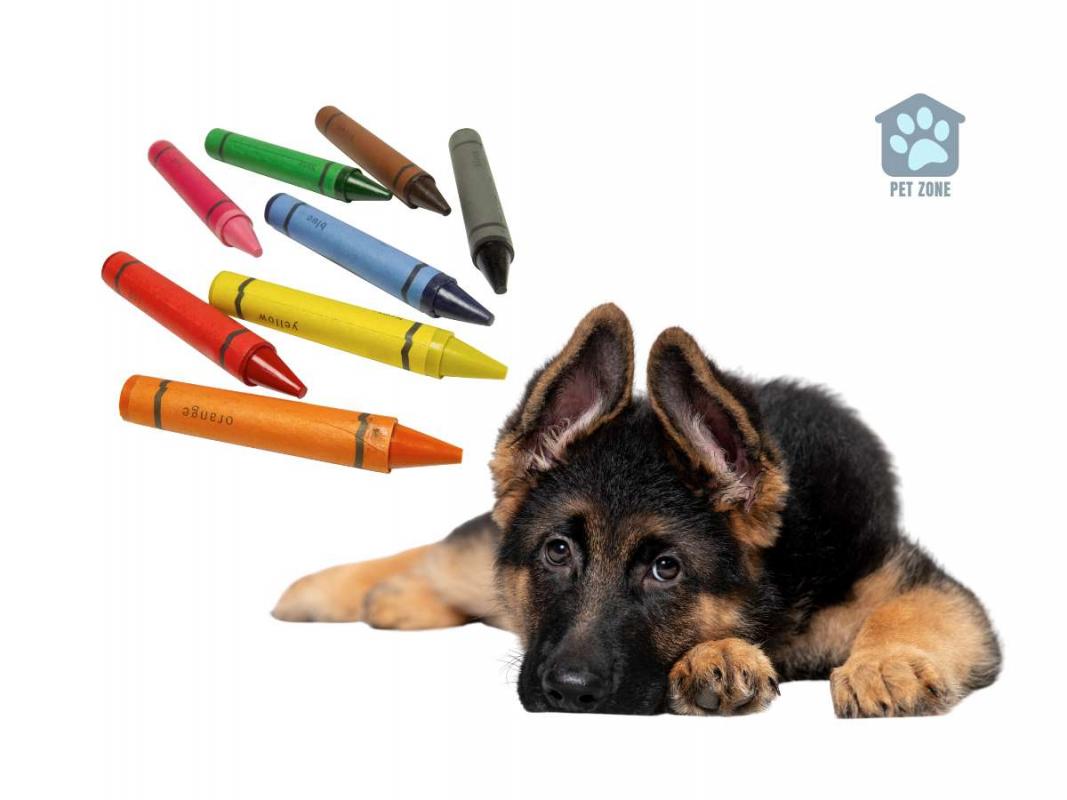
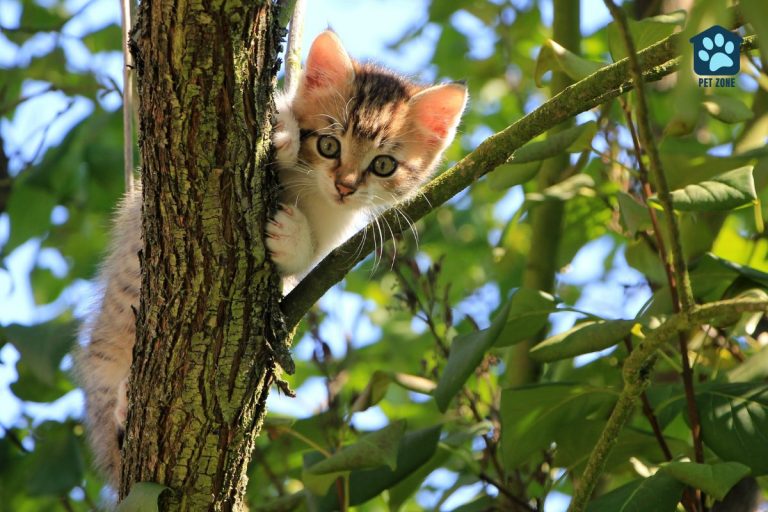
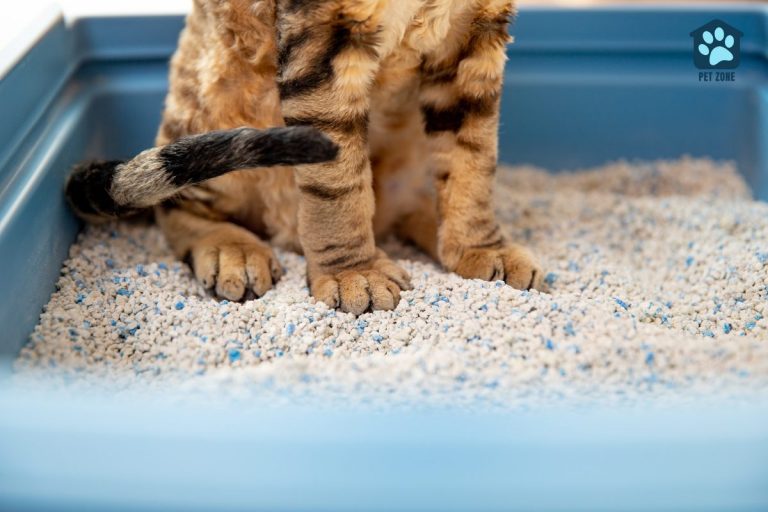
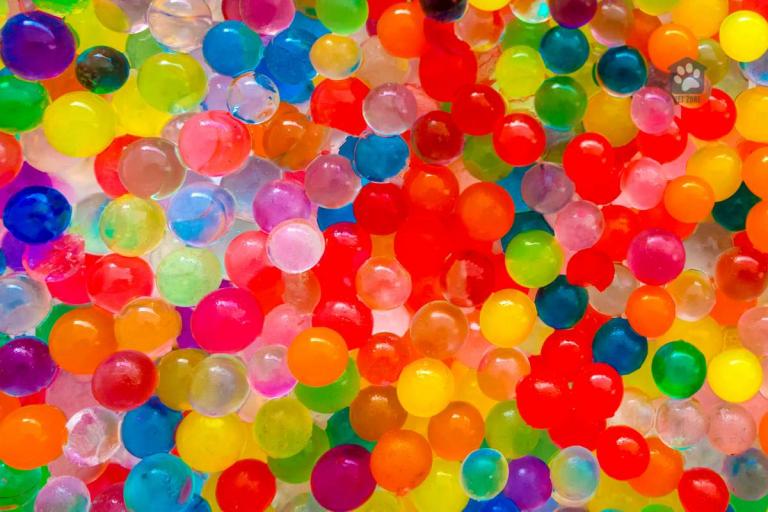
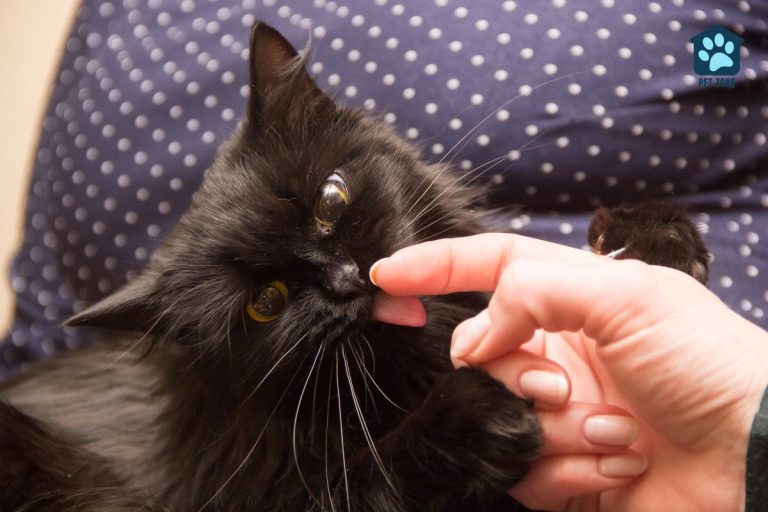
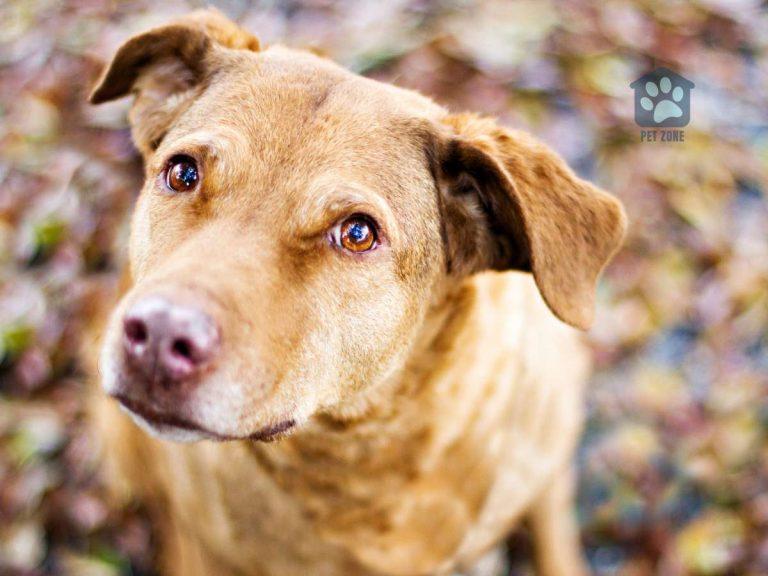
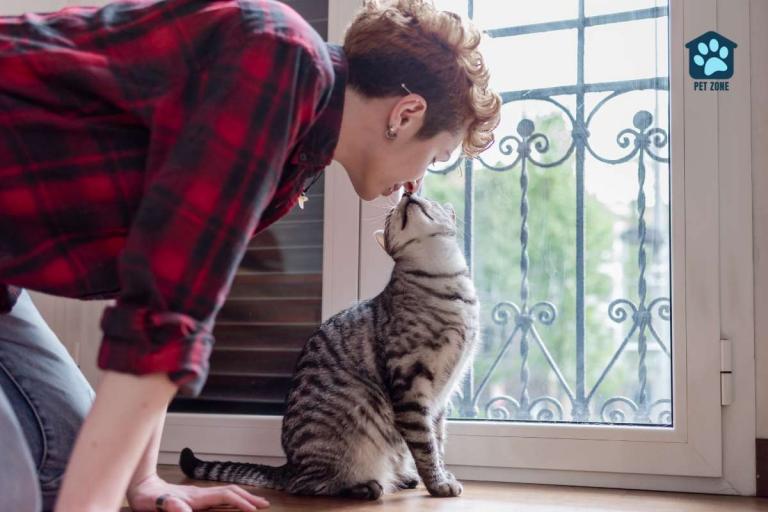
This is so interesting! I used to have a dog that ate crayons and I had no idea why! Good to know!!